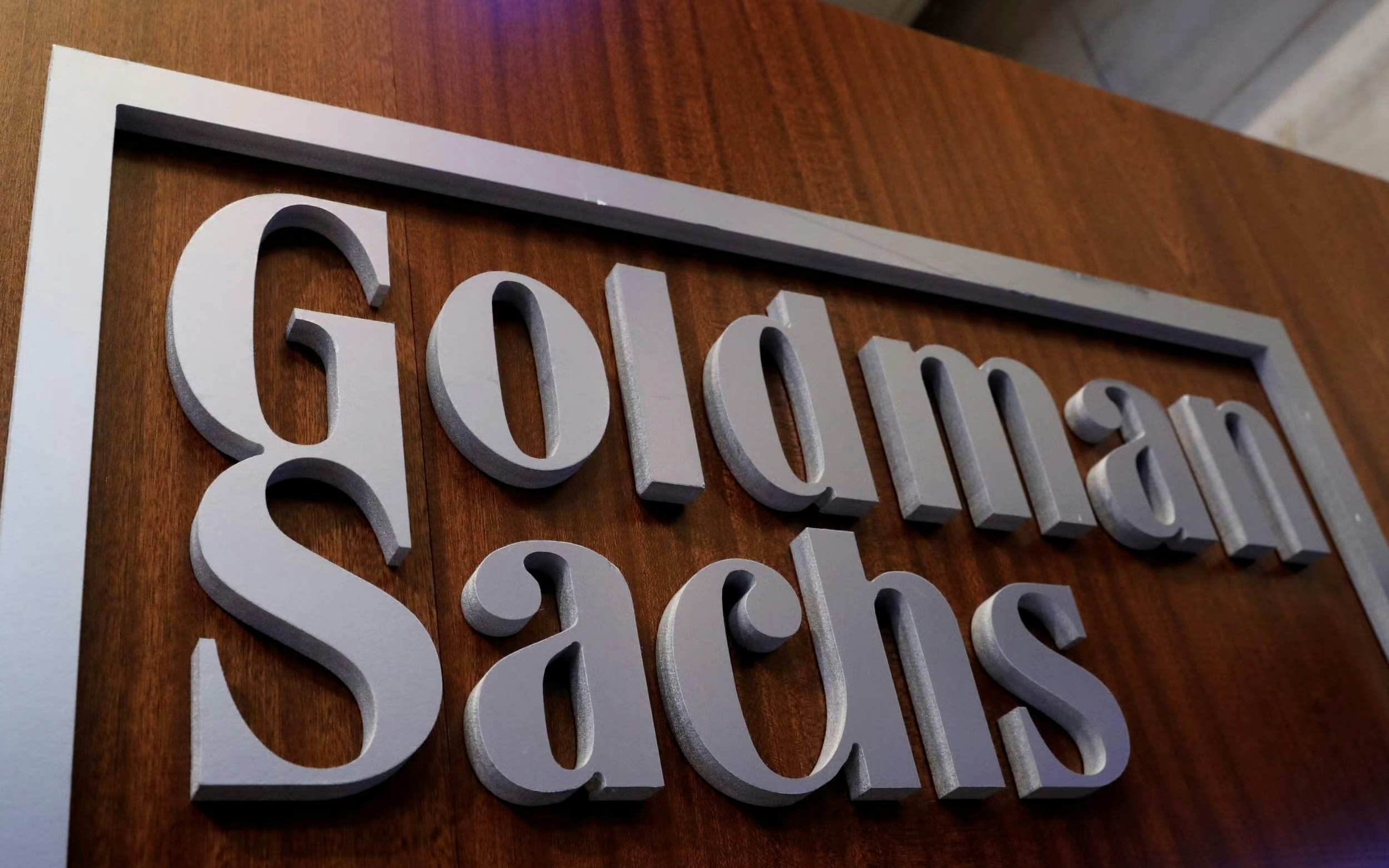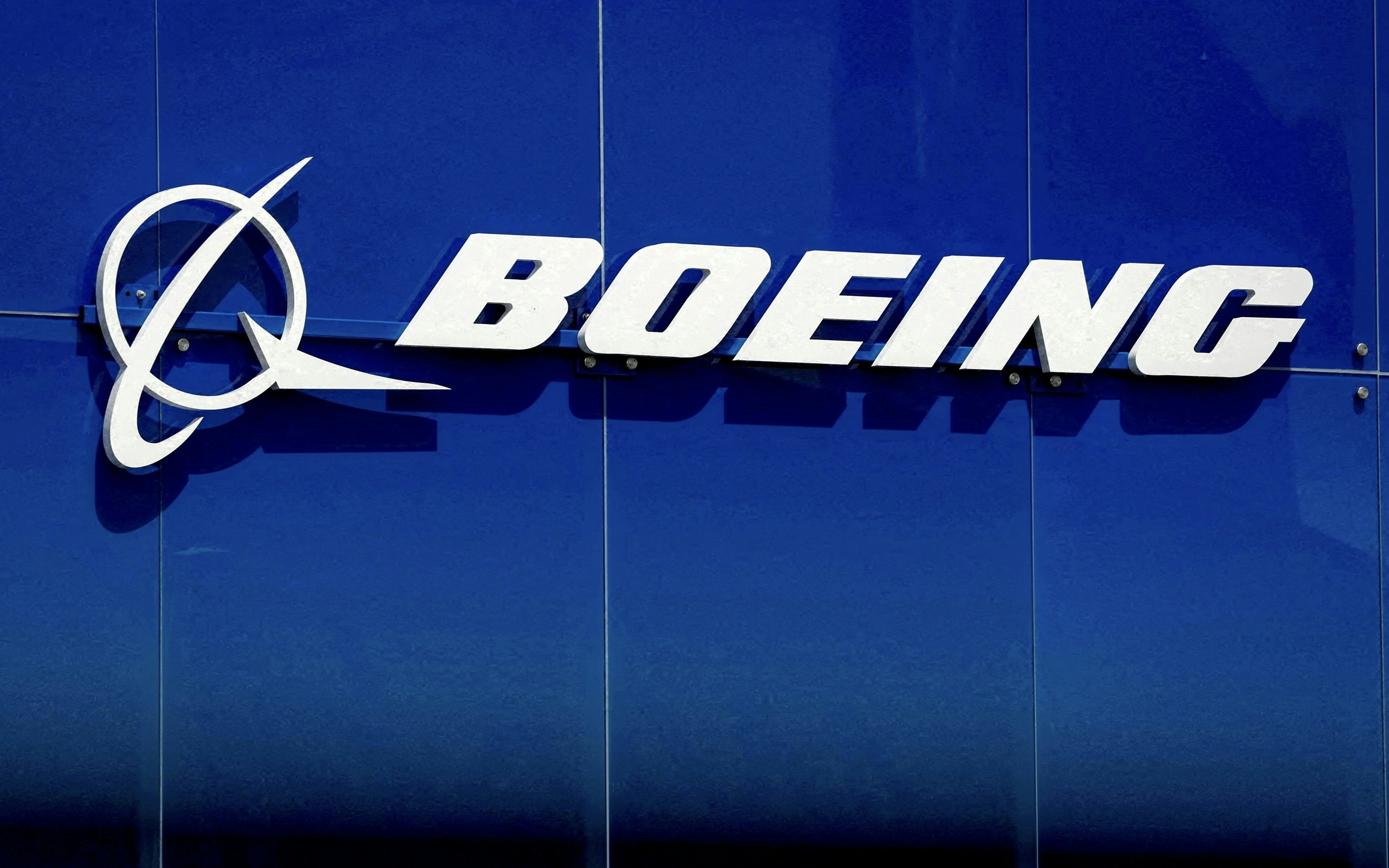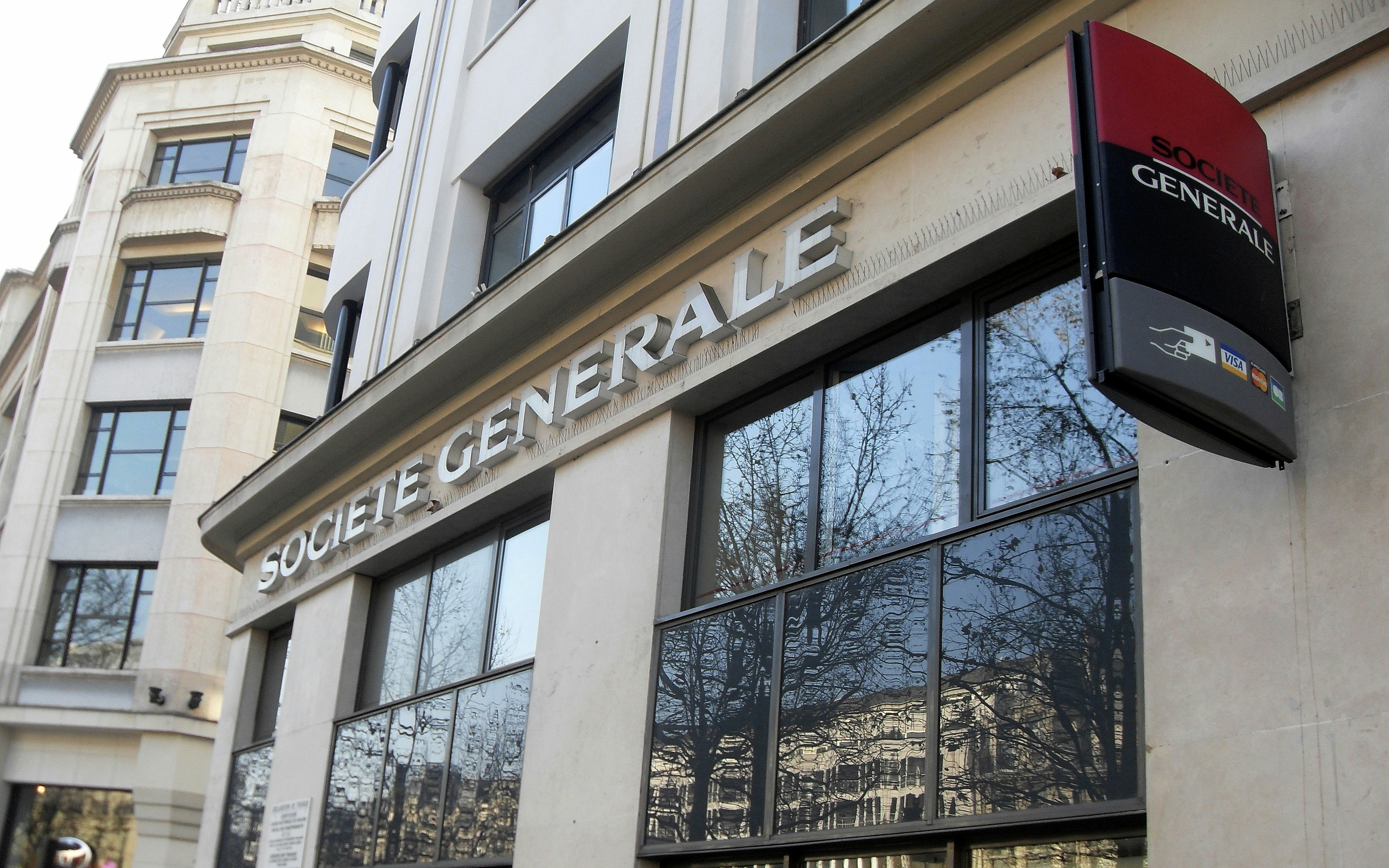Goldman Sachs was able to significantly exceed its profit forecasts in the third quarter, reporting a net profit of 3 billion US dollars, a 45 percent increase compared to the previous year. As a result, the outcome was above analysts' estimates of around 2.5 billion US dollars, marking a remarkable success despite the continued withdrawal from retail banking.
The U.S. economic backdrop remains resilient," stated CEO David Solomon during the earnings presentation conference call.
A significant driver of success was the equity trading division, which grew by 18 percent in the third quarter with revenue of $3.5 billion compared to the previous year. This marked the best performance since the beginning of 2021 and exceeded analysts' expectations, who had not predicted an increase in this area. In contrast, revenue from fixed-income trading fell by 12 percent to $3 billion, highlighting the diversification of trading activities.
Despite a decline in gross margin by two percentage points to 51.3 percent, the operating profit remained significantly above expectations at 598 million US dollars. A profit contribution of around 50 million US dollars resulted from the sale of parts of the remaining Yeezy inventory, highlighting the company's flexibility and adaptability.
The fee income rose by 20 percent to 1.9 billion US dollars, exceeding the expectations of the market participants. This increase is attributed to a continued revitalization of deal-making activities, which is seen by Wall Street as the beginning of a sustainable recovery. Analysts from JPMorgan and Jefferies continue to rate the stock positively and set price targets of 652 and 1,100 US dollars, respectively, despite the recent price declines.
The Goldman Sachs stock temporarily lost 7.24 percent in trading and eventually fell to 561.59 US dollars. This drop in price reflects investors' concerns over the lowered profit forecasts for 2025, which have now been revised downward from a maximum of 30 US dollars per share to lower values. Additionally, losses from the exit from the consumer banking sector and write-downs on the GreenSky businesses weighed on the results.
Despite the challenges, the Asset and Wealth Management division remains a stable growth driver, with a revenue increase of 16 percent to $3.8 billion. This supports Solomon's strategy to make the company less dependent on Investment Banking and Trading and to create a broader income base in the long term.





